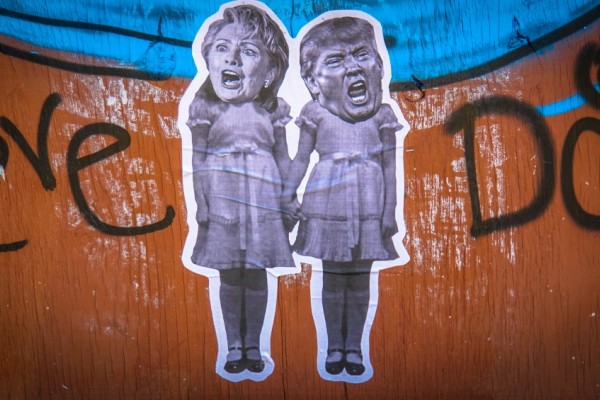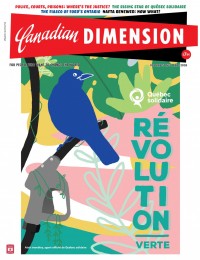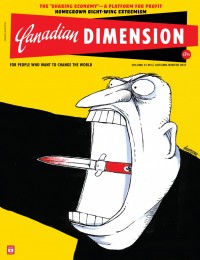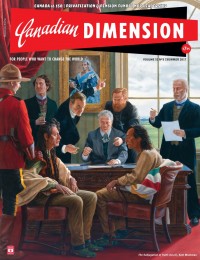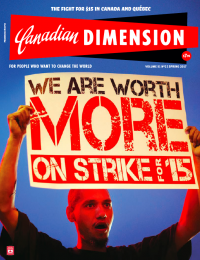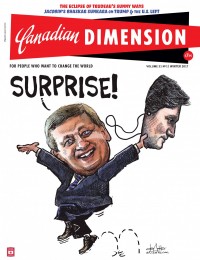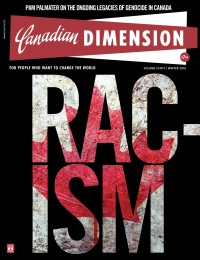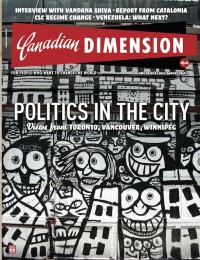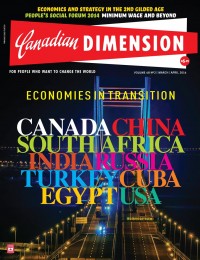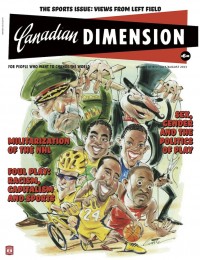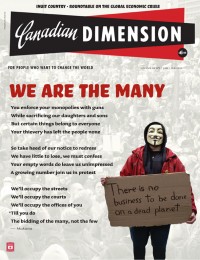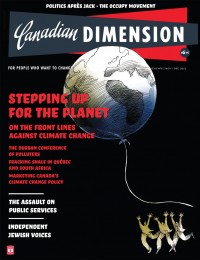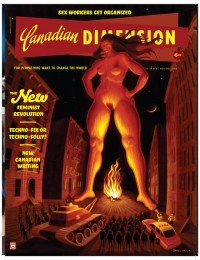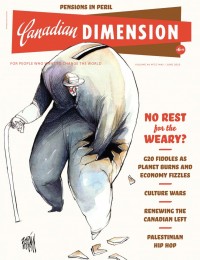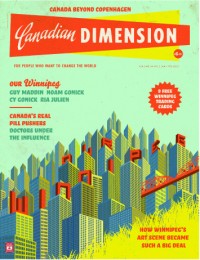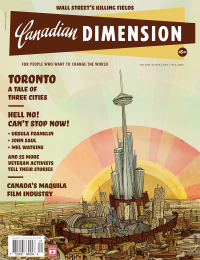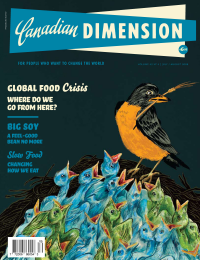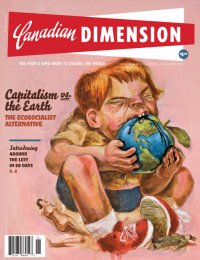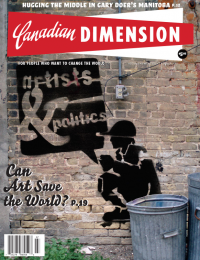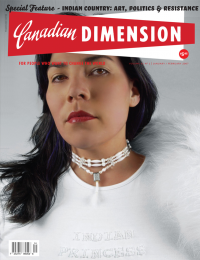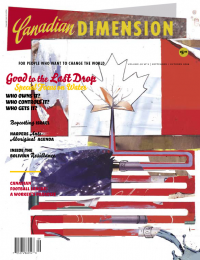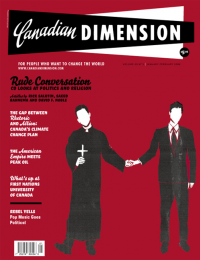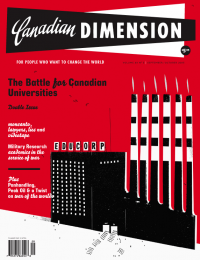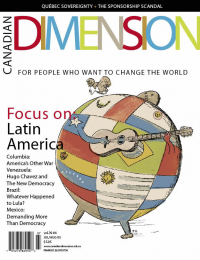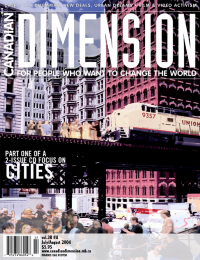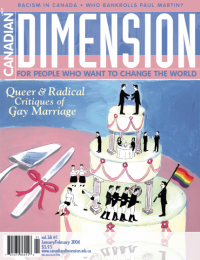The Color of Money
The closeness of the 2012 presidential race reflects a plutocratic paradox. Average people, the vast majority of the U.S. population, are increasingly alienated from both political parties and their multimillionaire candidates; and see less and less reason to prefer one to the other. The dominant parties themselves have less and less to do with whatever platform their respective candidate represents, and have more to do with funneling money to those candidates who pledge to be watchmen for existing wealth.
At the same time, this existing wealth is divided along lines that could roughly be characterized as greed vs. caution. Those sections supporting Romney want an all-out, undisguised program of self-enrichment for the financial aristocracy. Those supporting Obama are more cautious, fearing that without a pretense of “fairness” and “equal sacrifice” finance capital will face an uncontrollable movement of social opposition from below.
What is most remarkable about this campaign is that neither of the two major parties can seriously address the economic crisis that began more than four years ago and continues unabated.
Romney blames Obama for the worsening conditions facing millions, without acknowledging the central role of the financial parasites (of which he is a leading representative) in causing the crisis. Obama displays indifference to the plight of average people, while denying the depth of the problem and pronouncing that an economic recovery is under way.
These are precarious times for the country to be without real leaders. Neither party offers explanation for the crisis, nor do they propose policies that aim to provide relief to its victims: 23 million workers unemployed or underemployed, tens of millions living in poverty, record levels of foreclosures, evictions and utility shutoffs. None of the bankers and speculators who are responsible for triggering the financial meltdown four years ago has been held to account. To provide a historical perspective, one would have to imagine the 1932 presidential campaign being conducted without any reference to the 1929 Wall Street crash.
This failure was underscored by Obama’s recent remarks, which touted the bailout of the US auto industry and the supposed “saving” of one million jobs. “We refused to let Detroit go bankrupt,” Obama said, “We bet on American workers and American ingenuity, and three years later, that bet is paying off in a big way.”
Entirely ignored is the fact that the bailout was based on the intensified exploitation of auto workers and a drastic cut in pay and benefits—both for newly hired workers, whose pay was slashed 50 percent, and for retired workers, whose health and pension benefits were cut.
Romney seeks a 25 percent top corporate tax rate, and Obama is proposing 28 percent. Romney wants to eliminate capital-gains taxes for the typical investor and leave the rate at 15 percent for higher earners. Obama wants to increase it to 20 percent. They differ on how to tax the highest incomes. But for most Americans, the distinctions might be mistaken for a rounding error.
A New York Times op-ed column headlined“Which Millionaire Are You Voting For?” noted the inbred social character of the two parties: “We can choose Republicans or Democrats. We can choose conservative policies or progressive ones. In most elections, however, we don’t get a say in something important: whether we’re happy being governed by the rich.”
The column, summing up research into the socioeconomic standing of those who occupy the top positions in US government, concluded: “If millionaires were a political party, that party would make up roughly 3 percent of American families, but it would have a super-majority in the Senate, a majority in the House, a majority on the Supreme Court and a man in the White House.” “If working-class Americans were a political party,” the commentary concluded, legislators from that party “would never have held more than 2 percent of the seats in Congress.”
That such material appears in the leading newspaper in the United States testifies to the uneasiness within ruling circles over what is in store after the election. The next president and the next Congress, whether Democratic, Republican or some combination of the two, has its marching orders clearly set by the financial oligarchy.
In domestic policy, the central task is to slash entitlement programs such as Medicare, Medicaid and Social Security in order to make working people pay for the fiscal crisis brought on by the economic slump and the plundering of the US treasury to bail out the bankers and financial speculators. Both candidates aver that Social Security, or Medicare, etc., are bankrupt, and cuts need to be made. Not only is this boatload of propaganda false (social security is well-funded for the next 20 years even if nothing is done; and Medicare costs have mainly to do with “free market” price escalation, and Obamacare, by design, does not allow for price bargaining) but the very question is framed as if these programs are discretionary items. Unlike the bank-bailouts instituted by George Bush and affirmed by Obama, these social programs are a necessary part of our basic social infrastructure and belong to us all. A better way to understand the issue would be to compare them to things like the Hoover Dam, or the Interstate highway system. If these were threatened we would not be talking about dumping them, but rather, what needs to be done to fix, repair, and maintain them.
In foreign policy, American imperialism must push forward with its aggressive and militaristic incursion in the Middle East and Central Asia, seeking to secure key sources of oil, natural gas and other raw materials against rivals such as China and Russia. Military intervention in Syria and war with Iran are both on the agenda.
There is no significant difference between Obama and Romney on either of these major domestic and foreign policy initiatives. The conflict between the Democrats and Republicans is of a tactical, not a principled, character.
Obama’s failure in the first debate, where he appeared dumbfounded in the face of Romney’s remarks, was because he essentially stands for the same values that his Republican challenger does. Where there is no substantive difference between the parties, the only way to win such a debate is on style.
Neither the Democrats nor the media have focussed attention on the most significant part of Romney’s remarks, his denunciation of the popular belief that people are entitled to food, shelter and health care. That is because Harvard trained Obama and the Democrats agree with Harvard trained Romney and the Republicans that the people do not have a right to these basic requirements of life. The central issue confronting average Americans is to reject the claim, promoted by the trade unions and their liberal and pseudo-left allies, that the Democratic Party represents the “lesser evil” to Romney and the Republicans. Obama represents not a “lesser evil,” but an alternate path to the same program of social structure demise, militarism and attacks on democratic rights that inevitably grows out of a government of the rich, by the few, and for the 1%.
Americans bought the notion that the 2008 election was an historic one about race that broke the final color barrier by electing a man of mixed race to the highest office in the land. It has been four years since then. In spite of the warm fuzzy we all got from Obama’s inauguration, there has been no promised “change” in the status quo. The jubilant tears cried and strains of “we shall overcome” have faded into the past. It is time Americans wake up to the fact that “green” is the only color that matters. This election is about money, who has it, and how will the unjust distribution of the nation’s wealth be maintained. When will the 99% begin to understand that?




.png)

